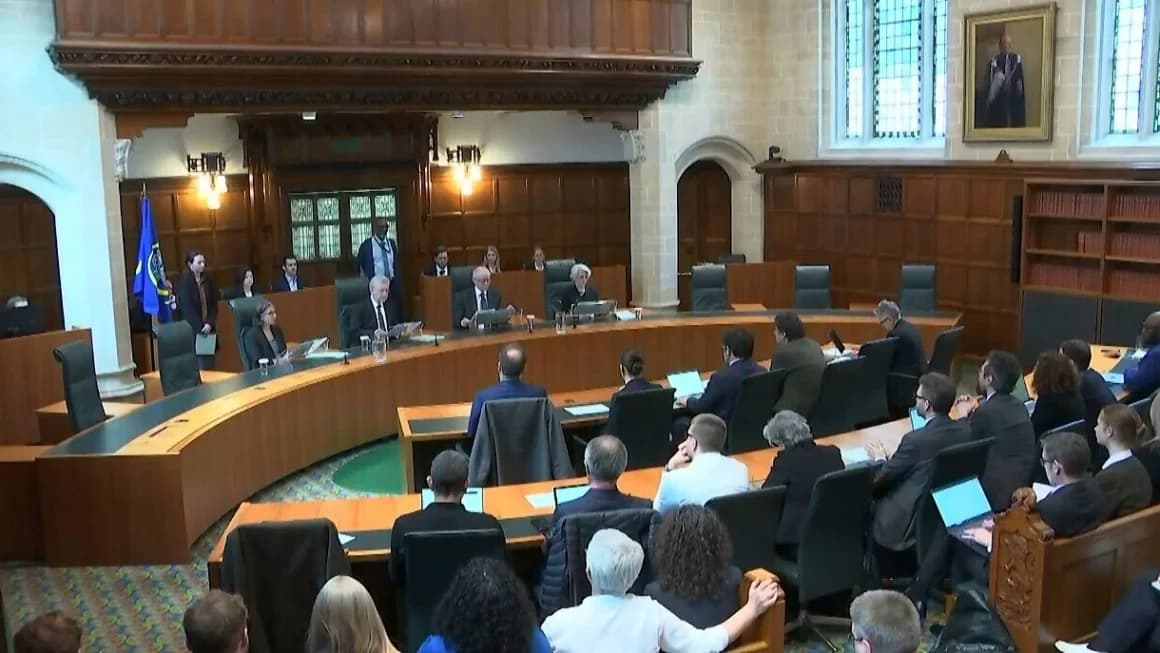Why The UK Supreme Court Ruled Out Trans Women

Why The UK Supreme Court Ruled Out Trans Women
Published on:
Why the UK Supreme Court Ruled Out Trans Women in Equality Act Interpretation

The UK Supreme Court has stirred serious reactions following its recent ruling on the legal meaning of the word “woman” under the Equality Act 2010. According to the judgement, the term strictly refers to biological sex. This decision has not only intensified the already heated debate around gender identity but also brought in fresh concerns over inclusion, representation, and legal interpretation.
This ruling resulted from an appeal filed by For Women Scotland, a campaign group that challenged the Scottish government's interpretation of the Gender Representation on Public Boards (Scotland) Act 2018. The Act was created to increase the number of women on public boards in Scotland. However, the guidance included trans women in the definition of “woman,” which the campaign group believed went against the original intention of the Equality Act.
When the case got to the Supreme Court, the judges took a firm stand. They ruled that the Equality Act was not designed to include trans women in the definition of "woman" if they are not biologically female. They stressed that changing this definition would stretch the law in ways it was never meant to handle.
Why the UK Supreme Court Took This Position
The judgement was clear. The court believed that mixing up gender identity with biological sex would lead to confusion in interpreting other parts of the law. In their view, the Equality Act 2010 was written with biological sex in mind, not gender identity. So applying a broader meaning would lead to inconsistencies and, in some cases, undermine the purpose of the Act itself.
The ruling was unanimous. Every judge on the panel agreed that the word “woman” in this context should only refer to biological females. The court also noted that any change to this legal meaning would have to come from lawmakers, not from judicial interpretation.
Protection for Trans People Remains in the Law
Even with all the criticism, the court pointed out that trans people are not left without protection. The Equality Act still protects individuals who are transitioning or have transitioned from discrimination. The Act includes “gender reassignment” as a protected characteristic. This means trans people cannot be harassed, mistreated, or excluded simply because of their gender identity or medical transition.
So while the ruling sets a boundary around the legal meaning of “woman,” it does not remove existing rights or erase protections already in place for trans individuals. This is where a lot of confusion has come from. Many assumed the ruling meant trans people were being erased from the law. But in reality, the court only clarified that the term “woman” in that particular law refers to biological sex.
Mixed Reactions Trail The UK Supreme Court Ruling

Unsurprisingly, the judgement has drawn a sharp line between two camps. Women’s rights campaigners are celebrating the ruling as a win for sex-based protections. They believe this clarity is long overdue and necessary to keep laws around female spaces, services, and opportunities intact.
On the other side, trans rights activists say the ruling is a step backward. They argue that excluding trans women from the legal definition of “woman” creates a gap in representation and recognition. For them, this judgement feels like a denial of identity and a legal barrier to equality.
Social media has been flooded with opinion pieces, heated debates, and calls for legal reforms. Many feel the ruling exposes how outdated current laws are when it comes to gender identity. Others believe the court simply did its job by interpreting the law as it was written, not how people wish it to be.